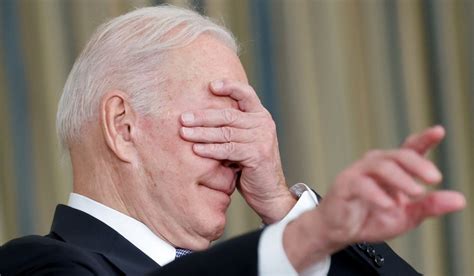
Why inflation will worsen
Opinion by Tiana Lowe
The same people who told you that a multitrillion-dollar cash infusion into the economy wouldn’t cause inflation and then said that inflation would prove transitory have now made another bold prediction. The worst inflation in more than 40 years, say the people paid to be routinely and offensively wrong about everything in the economy, is at its peak.
That’s a lovely thought — but a laughable one. The most obvious reason goes back to the source, namely that the Federal Reserve responded to an 8.5% year-over-year increase in consumer prices with an interest rate increase of a measly 25 basis points. Inflation is always a monetary phenomenon, and the Fed’s phony rate hike kept real interest rates in the negatives. That means the money supply, the source of the problem, remains dangerously unrestricted.
Then there’s Wednesday’s disastrous producer price index release from the Bureau of Labor Statistics. The PPI not only blew past expert estimates of 10.6%, but it reached a staggering 11.2%, the highest point in recorded history. Especially in a labor market as artificially tight as ours, producer costs often prove a leading indicator for consumer prices — those regarded as the most serious inflation markers by the government. Sure, it’s possible that simple supply chain fixes will ameliorate the problem, but, as always, the devil is in the details.
Early on in the pandemic, we saw those supply chain problems create inflation when intersecting with normal consumer demand diverted to durable goods such as washing machines and Peletons. But March’s PPI release showed that rapidly rising inflation is increasingly attributable to the price of services rather than the price of goods. Whereas the price of the former, according to the latest PPI release, held constant from February to March, at 2.3%, the rate of service price increases tripled from 0.3% to 0.9%. Service prices are much more sticky than those of goods, meaning that even if the more volatile categories scapegoated by the White House do see a decrease in prices thanks to supply-side stabilization, spiraling wages will continue to perpetuate a potentially cataclysmic inflationary cycle.
So what about the Biden administration’s favorite fall guy? It’s true that Russia’s invasion of Ukraine has disrupted global markets, but the local importance of Russia’s gas supply and Ukraine’s agriculture would lead to disproportionate inflation in Europe if that war really were the primary cause of inflation stateside. Instead, inflation in the United States remains markedly higher than that in Europe, including where the European Central Bank had imposed negative interest rates.
The id of the White House can always be ascertained from the chief of staff’s retweets, and Ron Klain certainly has not hidden the ball over the past 48 hours. Biden’s bodyman has made sure to publicize that the Fed’s favored inflation marker, the core consumer price index, actually beat expert expectations. But while policymakers may not care about the categories of energy and food due to their volatility, voters certainly do.
The worst omen for inflation has nothing to do with any of the BLS data. Instead, it has to do with the shot credibility of our foremost financiers. The New York Fed found that consumers expect the year’s inflation to hit 6.6%, the highest measure on record and one that could further entrench the self-perpetuating phenomenon into the economy.
I hope I’m wrong, but the rest of the expert class is echoing the same line of optimism with a little too much cheer for my comfort, and consumers and investors would be wise to adjust their own expectations accordingly.

Comments (0)